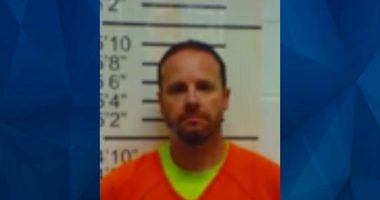
When soldiers started firing into Tiananmen Square in the early morning of June 4, many students couldn’t believe they were using live ammunition, as PBS reports. The outlet reported that the soldiers had received word to clear the square by 6:00 a.m. In a diplomatic telegram, British ambassador to China Sir Alan Donald wrote that students were given one hour to leave, and then fired upon five minutes later, per the BBC.
Donald described in vivid terms what happened. “Students linked arms but were mown down. … Four wounded girl students begged for their lives but were bayoneted,” he wrote. The telegram also gives us our first clue about the fate of some of the victims’ bodies: “APCs [armored personnel carriers] then ran over bodies time and time again to make ‘pie’ and remains collected by bulldozer. Remains incinerated and then hosed down drains.” Zhou Fengsuo, present for the massacre and a university student at the time, told NPR he appealed to soldiers’ common humanity by asking, “Why do you work for Beijing in such a fashion, killing people? Do you have family?”
When all was said and done, survivors and loved ones couldn’t even mourn openly for fear of further reprisal, as Amnesty International says. Chinese authorities swept through the country arresting, interrogating, and torturing those suspected of “counter-revolutionary” acts. And so we see the main reason behind the difficulty in untangling what happened to the victims of the Tiananmen Square Massacre: The Chinese government swept it all under the rug, even to this day.









